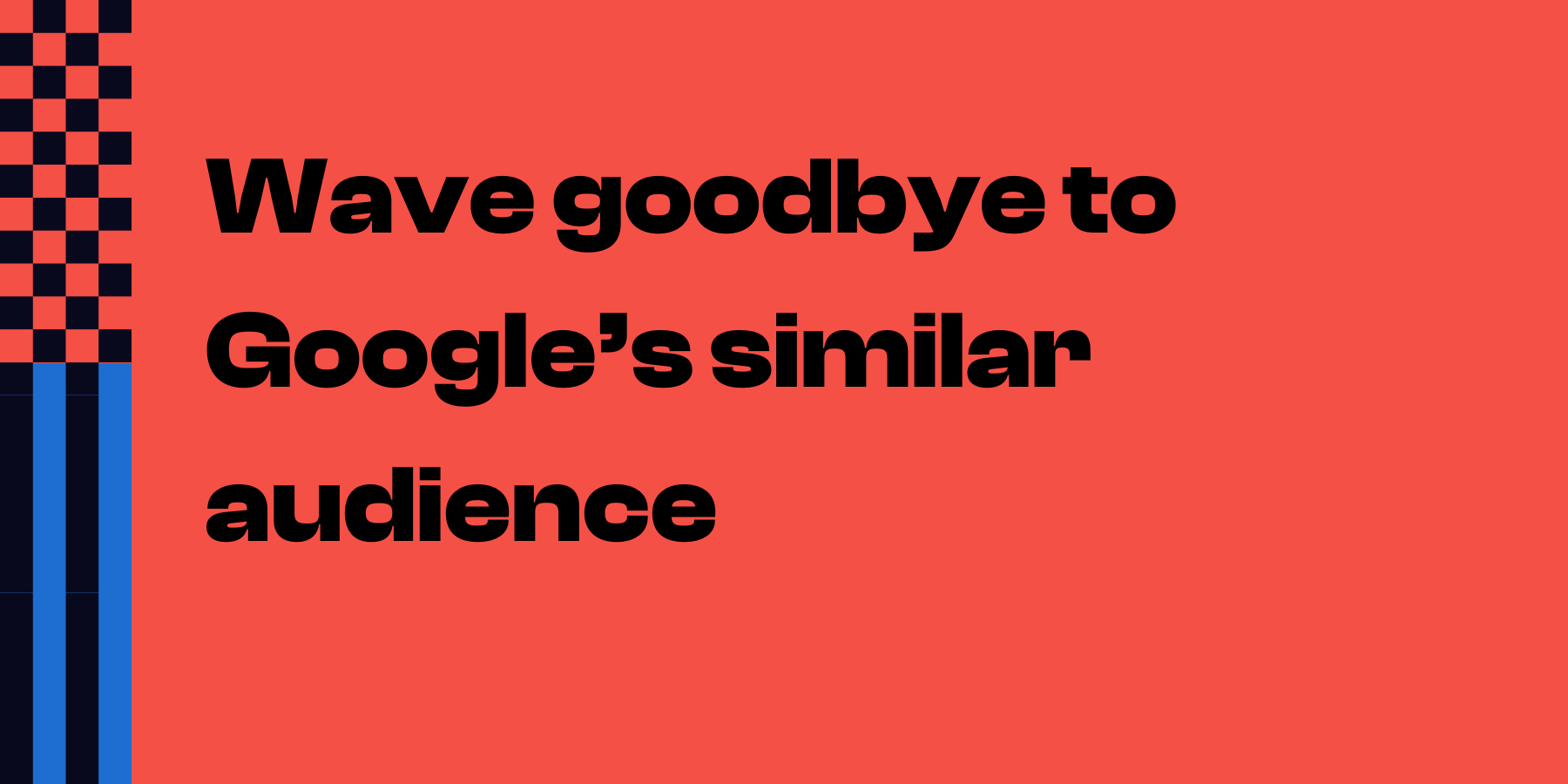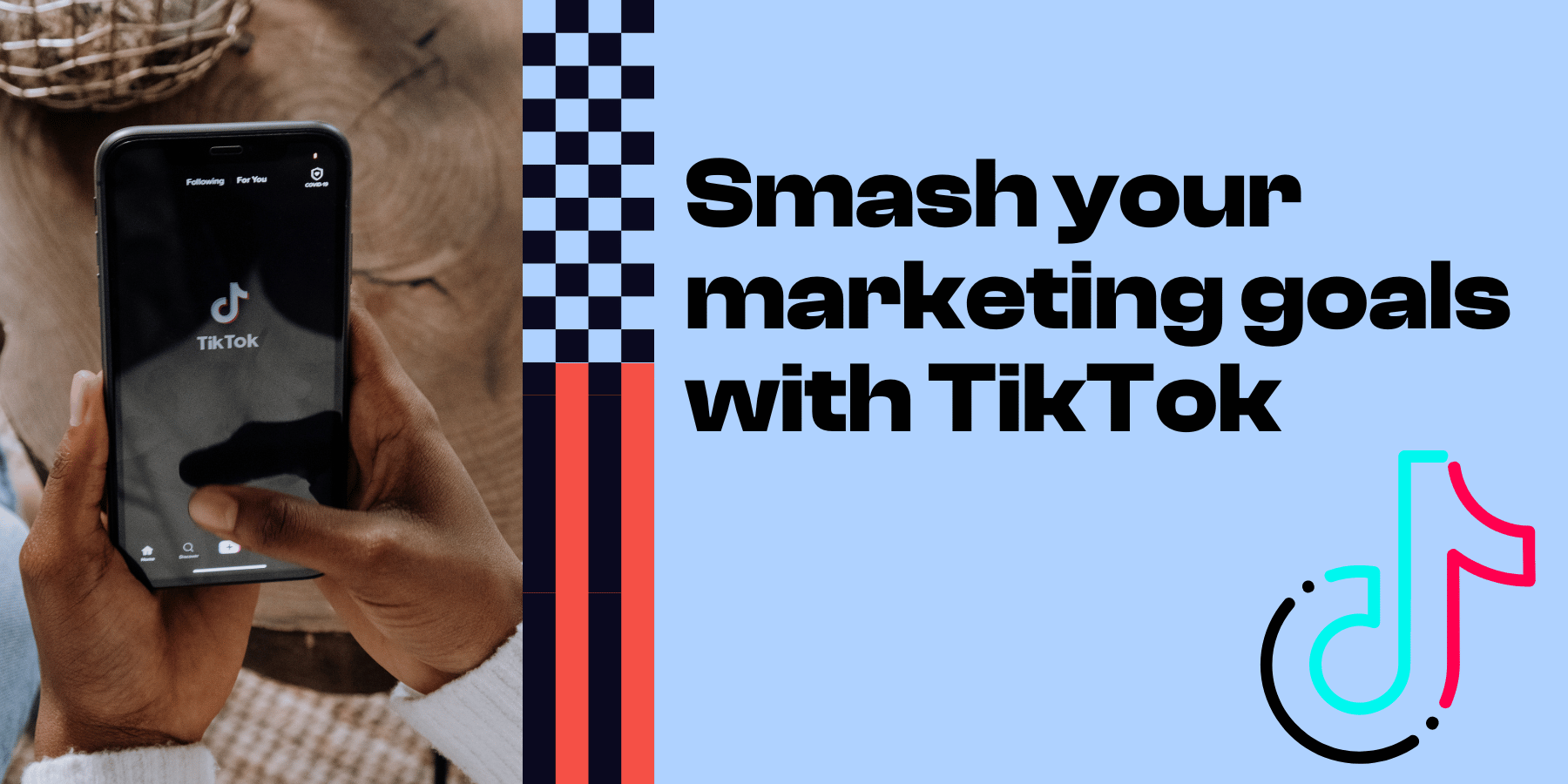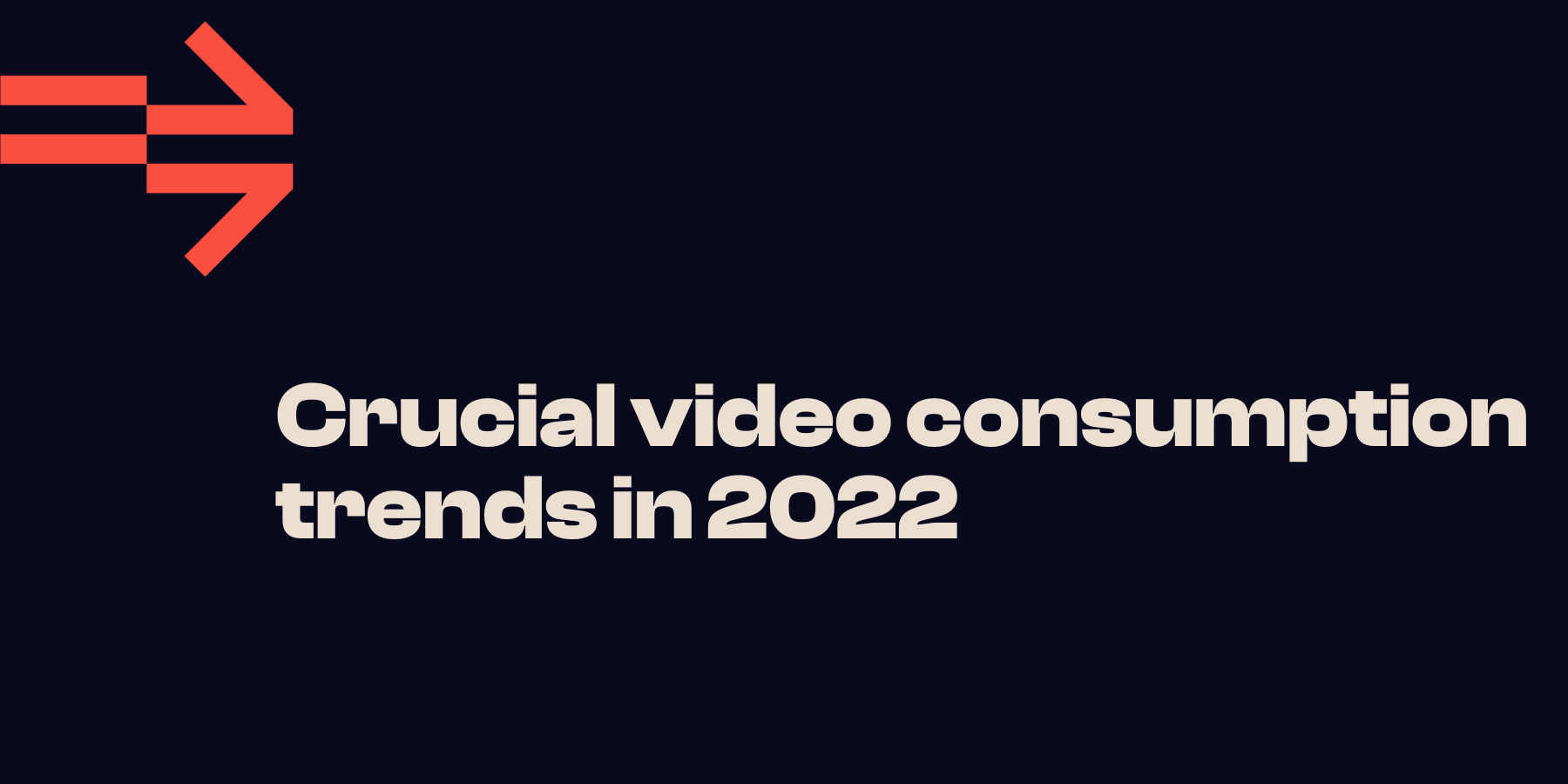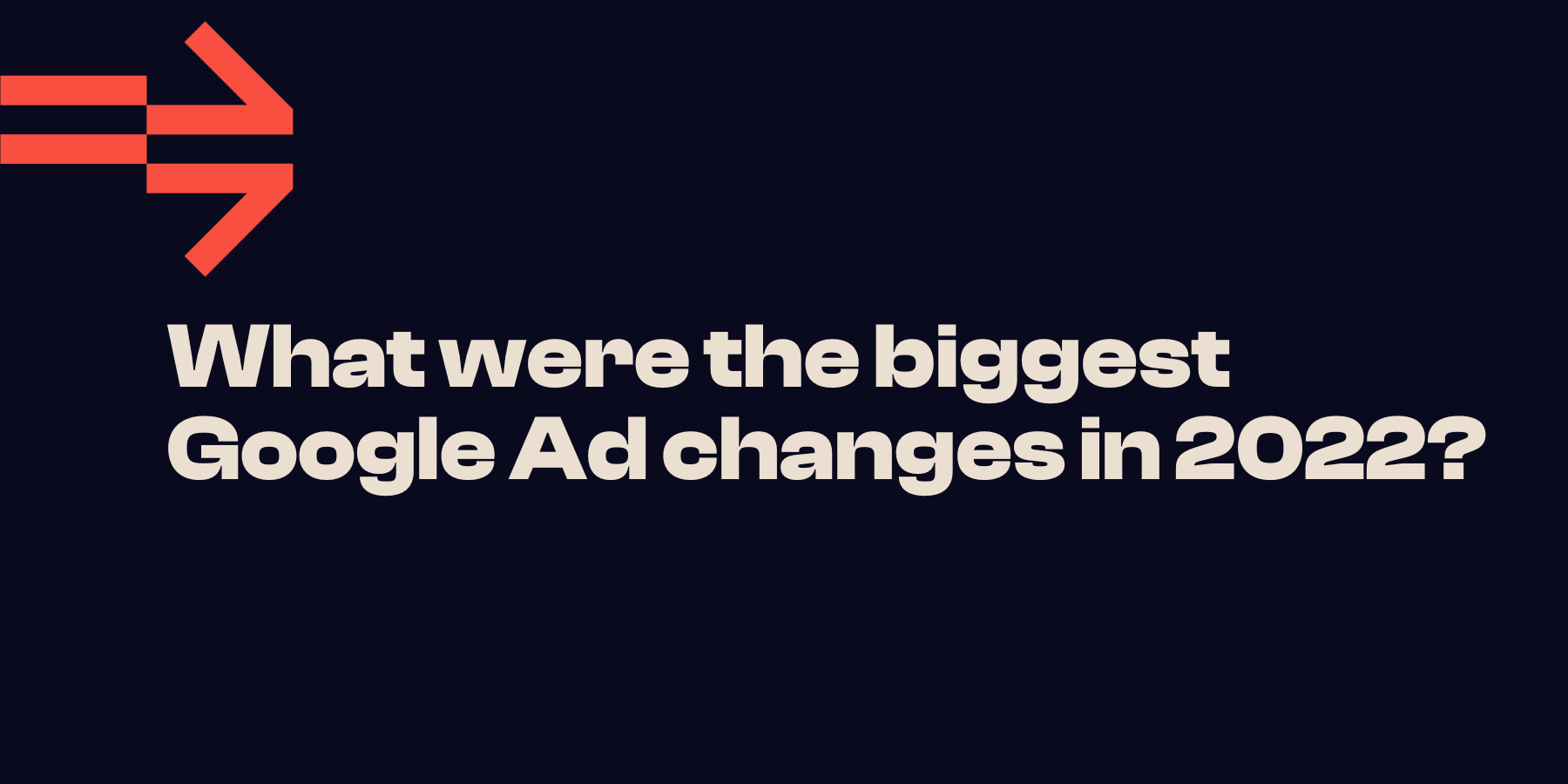Using buyer personas to improve your marketing

Last updated: 27 November 2020
Imagine being told to shoot an arrow at a target while blindfolded. You’d have no idea where your target was and, unless you’re some sort of archery superstar, would almost definitely miss!
This is what happens when you create content without knowing who you’re creating it for. You’re aiming blind, hoping your content will hit home! Blind targeting is a pretty ineffective way to roll out a marketing plan to target customers.
To increase the efficiency of your marketing, you first need to understand who your customers are. You can then target your marketing strategies directly to them. This can be achieved by developing both a brand persona and buyer personas. These will define your organisation and your customers in clear terms.
Your brand persona is the sort of person your organisation would be if it was a person. Attributing a personality to your business or company makes it easier to streamline your communication. It makes it easier to keep your brand messaging on track and understand how to engage with your target market.
Your buyer persona is a fictitious person who represents a typical customer within your target market. You can have multiple buyer personas for different segments of your market. By approaching each market segment as an individual person, it makes it much easier to “speak” to them in a personal, meaningful, targeted way.
Creating brand personas for the people (or companies) you’re aiming for, you effectively remove the blindfold. This makes your promotions and advertising far more effective, achieving a greater return on your marketing dollar.
Analyse your audience
It’s important to create a persona for each group of customers you want to target. The easiest and most cost-effective place to start is by analysing your current customer or membership base. This will provide insight into the strengths and weaknesses of your current marketing approach. It can reveal your strongest market segments and identify segments you need to build upon.
Which is why it’s useful to compare this data with any preconceived ideas you might have about your audience. You might have assumed an older demographic is purchasing a particular product or service. Upon review, your data might reveal a much younger demographic as your actual customer. In this instance, you would need to review your marketing strategy to appeal to a younger customer.
Or you might find you’re not engaging with a particular demographic. You can then determine if there is value in reaching out to this audience through a targeted campaign.

Research your competitors
Researching your competitors can provide a lot of useful information. Can you identify their target market based on their promotional efforts? Do you have a point of difference that will give your company a competitive edge? Competitor analysis can even help you identify industry challenges, new customers and other competitors.
Segment your audience
You can segment your audience using demographic and psychographic information. These segments will give you greater insight into who they are and what might trigger a purchasing decision.
Demographics
Demographics are category types that can be used to segment your target audience into groups based on their similarities. You can use this information to build marketing campaigns that are very specific to each audience or niche markets.
Demographic information can include:
- Age
- Location
- Gender
- Occupation
- Income
- Education
- Family/Marital Status
- Cultural Heritage
- Ideal marketing channels to use for engagement
- Relevant times for posting
- Price ranges
- Colour themes
- Language
- Images and graphic cues to use in advertisements.
Most social media sites and analytics tools capture demographic information automatically. Once captured, this data can be exported in graph format for easier translation.
Psychographics
Psychographic information can provide insight into the behaviour of your audience. It can help you understand what drives your customers’ purchase decisions. Armed with this knowledge you can provide them with helpful, relevant content.
Psychographics include:
- Personality
- Attitudes
- Values
- Interests/Hobbies
- Lifestyle choices
- Behaviours
Psychographic information can be more difficult to identify and collate than demographic data. There are many tools available to organisations that can help them better understand what drives their customers’ behaviour. Some of these include:
- Scenario-based surveys
- Social media listening
- Feedback forms
- Interviews
- Focus groups
Creating your buyer personas
At Refuel, we run persona workshops to really dive into the detail of your marketing mix. We conduct extensive user research and competitor analysis to build detailed buyer personas.
But what if you need a faster, lower-cost option to get you started quickly?
To give you an easy introduction, you can use HubSpot’s buyer persona generator, Make My Persona, to create buyer personas. It uses a series of step by step questions to help you get to know your customers better. Once you’ve completed the questionnaire, you’ll have some great buyer persona templates and know the best approach to take when reaching out to your customers.
This information forms the basis of your persona templates, which become living, breathing documents. As you get to know your personas better, you can keep them up-to-date. Bring them to life by adding more details, updating them and identifying your customers based on the persona they fit into. Keep your personas in Google Docs and update them when inspiration arises.
If you’re using HubSpot as your CRM, you can set up your personas within the portal by navigating to the settings. Once established, you can tag customers with their persona when you recognise where they fit. This will help you better meet their needs and personalise their experience with your organisation.
This gives you the tools to:
- Track your top personas by volume of customers. Who is your most important persona?
- Show each persona different content in your email marketing, based on what you know is most important to each one.
- Personalise calls to action based on the messaging that is most in line with your persona’s expectations.
- Customise your website content based on the persona visiting the website if you’re using HubSpot CMS.
Creating buyer personas for each of your segments might take a little work at first. Once your blindfold is removed, your marketing efforts will never look better!
Want to discuss your marketing strategy or how to make the most of your buyer personas? Book a call with our team via the link below.







